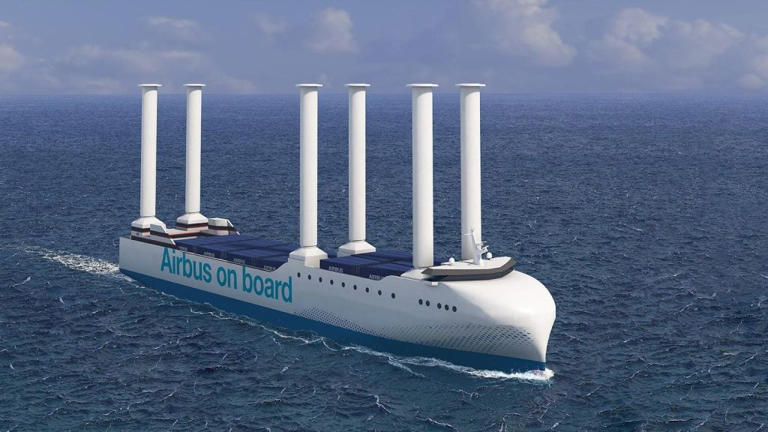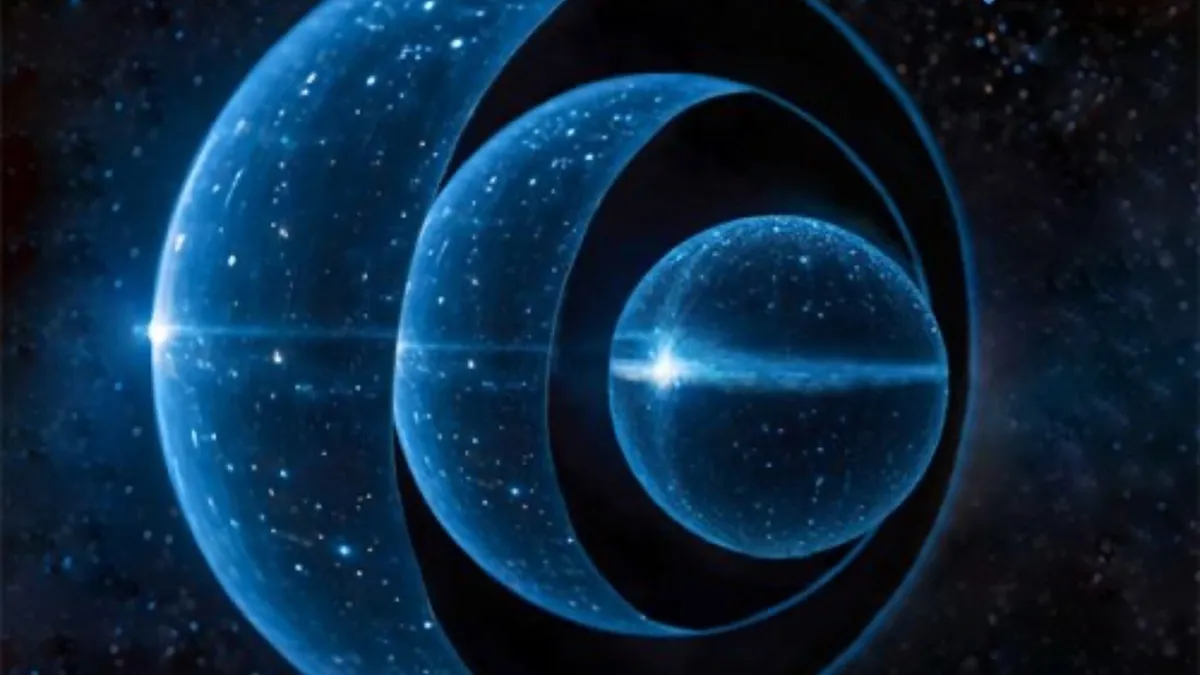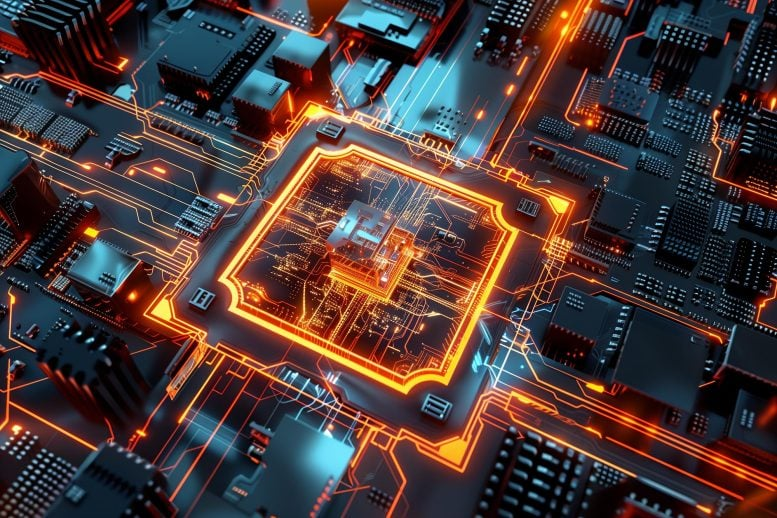"Researchers at Osaka University have developed a groundbreaking flexible optical sensor that works even when crumpled. Using carbon nanotube photodetectors and wireless Bluetooth technology, this sensor enables non-invasive analysis and holds promise for advancements in imaging, wearable technology, and soft robotics. Credit: SciTechDaily.com" (ScitechDaily, From Sci-Fi to Reality: Scientists Develop Unbreakable, Bendable Optical Sensor)
The new sensor is like the net eye of bugs. But it's more accurate than any natural net eye. The system is based on flexible polymer film and nanotubes. The nanotubes let light travel through it. And then the film at the bottom of those tubes transforms that light into the image. This ultra-accurate CCD camera can see ultimate details in advanced materials. The new system can see the smallest deviation in the materials.
And that thing makes it possible to improve safety on those layers. The ability to see ultra-small differences on surfaces is the thing that allows the systems that make things like nano-size machine parts and microchips. When robot systems make something. They must see what happens under their manipulators.
The ability to use optical imaging is a fundamental tool in many technologies. The problem with things like scanning tunneling microscopes and lasers is that they can destroy the cells. The ability to use white light and optical sensors makes those systems less high energy.
"Detection and imaging of light, heat, and molecules using sheet-type optical sensors. Attribution 4.0 International (CC BY 4.0), Reprinted with permission from Advanced Materials. Credit: 2024 Araki et al., Ultraflexible Wireless Imager Integrated with Organic Circuits for Broadband Infrared Thermal Analysis, Advanced Materials". (ScitechDaily, From Sci-Fi to Reality: Scientists Develop Unbreakable, Bendable Optical Sensor)
"Sheet-type optical sensor integrated with a carbon nanotube photodetector and an organic transistor. Attribution 4.0 International (CC BY 4.0), Reprinted with permission from Advanced Materials. Credit: 2024 Araki et al., Ultraflexible Wireless Imager Integrated with Organic Circuits for Broadband Infrared Thermal Analysis, Advanced Materials" (ScitechDaily, From Sci-Fi to Reality: Scientists Develop Unbreakable, Bendable Optical Sensor)
This new camera may have multiple nanotubes. And there can be things like ultra-fast camera shutters in those nanotubes. The easiest way is to cut those nanotubes, and then the rotating disk with a hole rotates through that hole.
Another way is to use coin-looking shutters. Those shutters can be in individual nanotubes. And they can rotate vertically in the tube. That makes this system possible to create rapid images. Those systems can observe living cells with ultimate accuracy. This system can work along with attosecond lasers.
Attosecond lasers are the fastest optical systems in the world. The laser impulse lasts only an attosecond. The system is like a regular laser scanner or lidar. But its impulse is extremely short. That makes it possible to use attosecond lasers as laser scanners that see electron movements in water.
It's possible. That attosecond lasers can act as ultra-fast stroboscopes that give optical microscopes the ability to see things that they don't see otherwise. Those systems can operate separately, but computers can connect their data.
https://scitechdaily.com/from-sci-fi-to-reality-scientists-develop-unbreakable-bendable-optical-sensor/
https://learningmachines9.wordpress.com/2024/02/21/the-new-bendable-sensor-is-like-straight-from-the-scifi-movies/


































